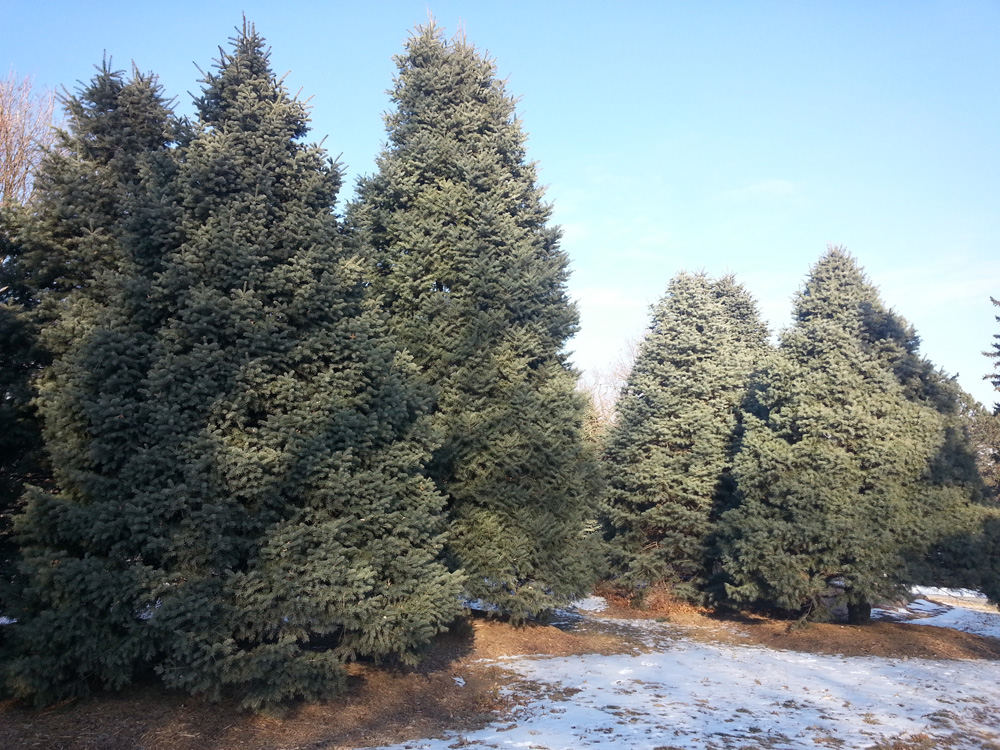We continue the conversation on Conifers with this week’s focus on Firs. The compelling reasons for all this dialogue to take place on evergreens in our landscape are two-fold:
1. Diversification: With all the concern regarding pine wilt, heat stress, drainage, and drought we need to explore more possibilities towards diversification of evergreens within our landscapes.
2. Human Habitat: We need protection from our constant winds and we also have this longing for some sign of life within the 4-5 months of winter that we, the people of the Great Plains, encounter.

Let’s explore the following:
Firs promoted by the Nebraska Statewide Arboreteum’s, Great Plants for the Great Plains program

It is hard not to include Douglas Fir in our fir collection, but as the genus name of “Pseudo” implies there is a bit of an identity crisis within the taxonomic community on this evergreen. We have geographic considerations and seed source to consider with this selection. The variety ‘glauca’ is preferred because the seed source and geographic location are generally – with the key word being “generally” – of Rocky Mountain or Western origin.
So after sticking with us for three solid weeks on our journey of evergreen analysis, it may be easy to get lost in all the jargon and horticultural classification, but the most important thing to remember is that all this information exists. Remember to take the time to consider seeking out professionals and plant’s people whom understand the importance of origin, cultivar selection, site placement, cultural care, and many other considerations critical to the success of your landscape investment. So whether your space is in need of a fir, spruce, or pine, with the proper planning and research your new tree will out grow the rest!
Exciting! New plants in the garden! But wait....now what? How much water? When? Quick considerations before watering: Sun & Shade - Although most may say that shade gardens need less...
Spring fills us with wonder. Not in the ‘feeling of surprise mingled with admiration, caused by something beautiful’ kind of way. More along the lines of ‘what can I plant in my empty...